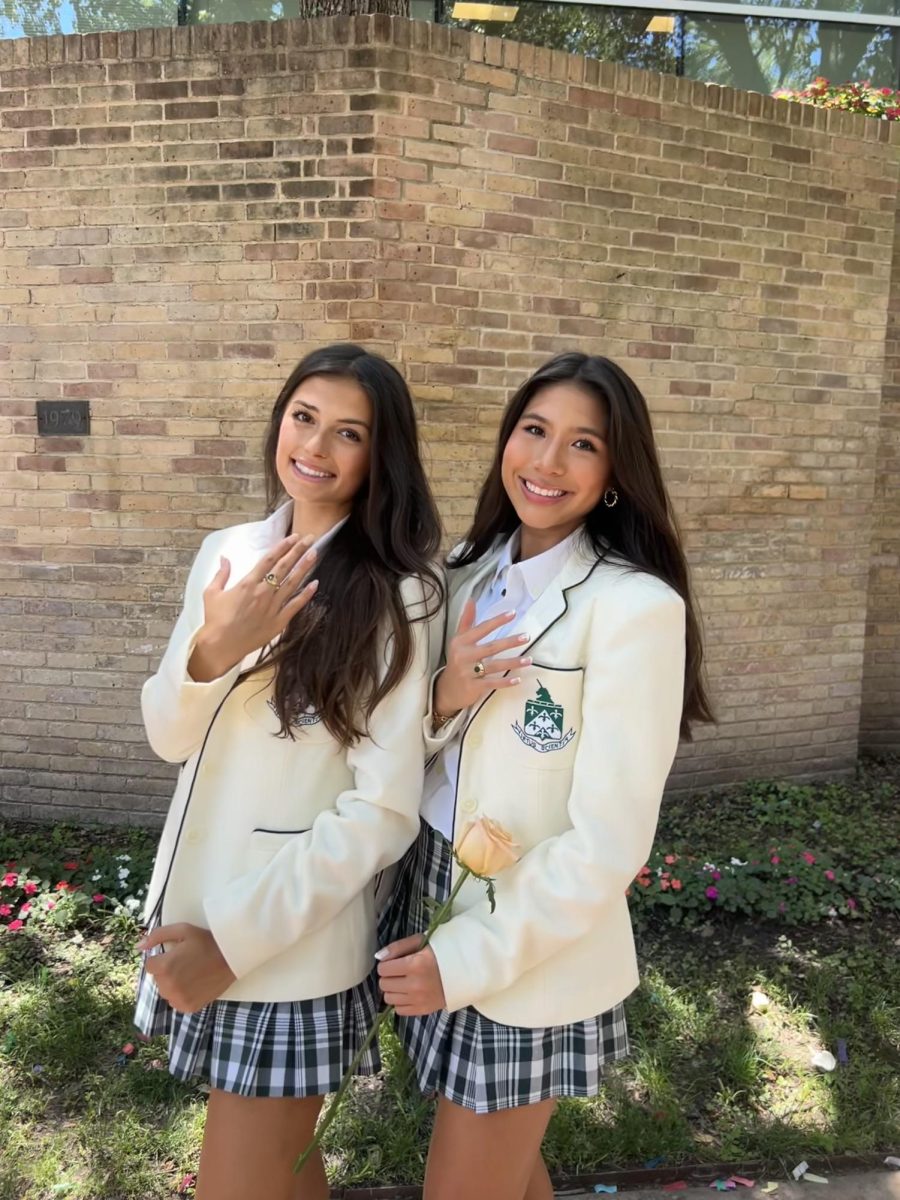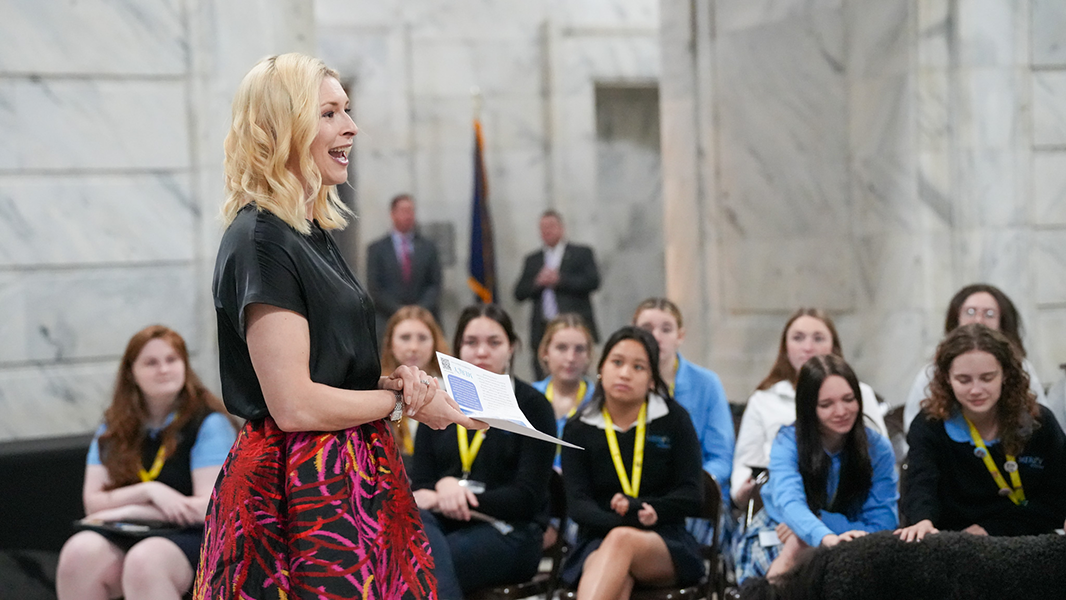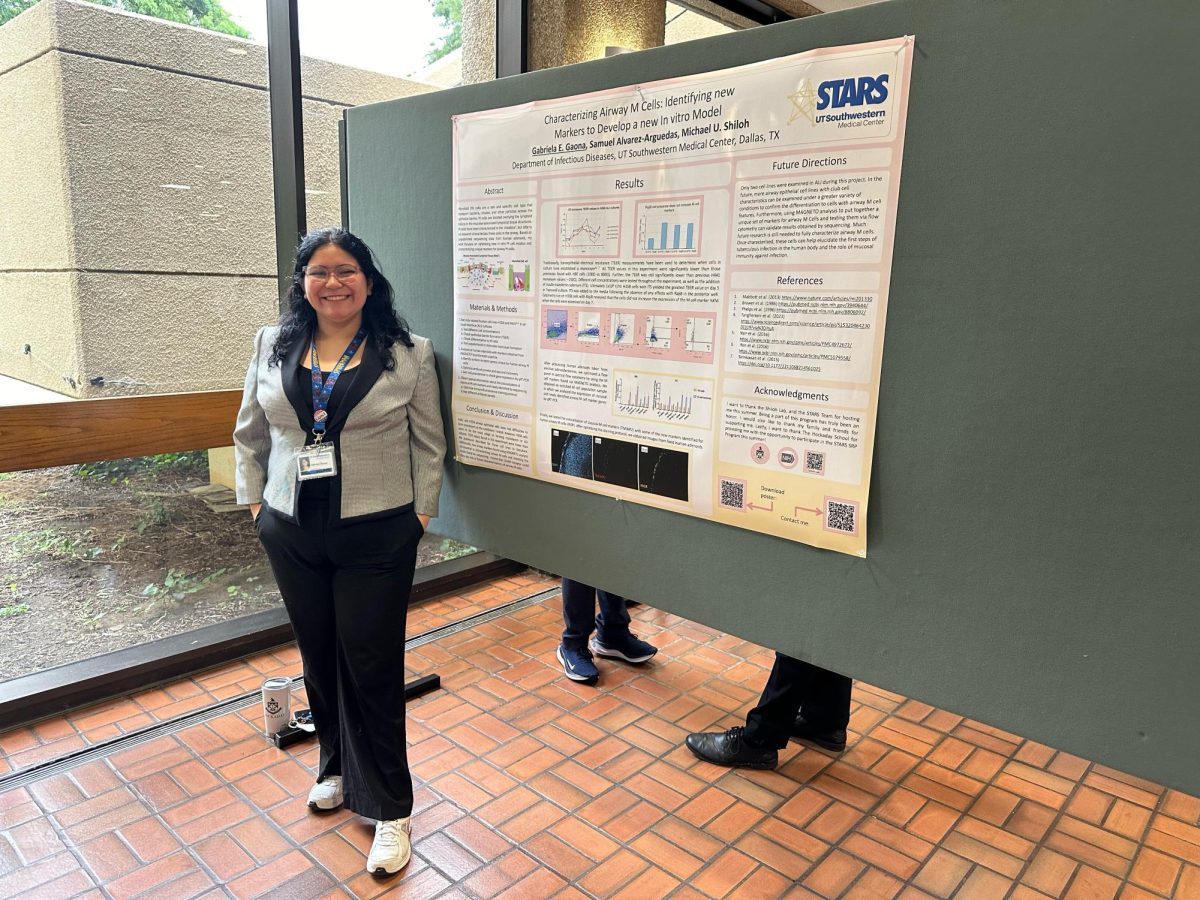Some counselors and students question if more or less focus is needed in certain areas of the college preparatory process prior to senior year
For Form IV students, December is a time defined by applicant notification emails and the submission of regular decision applications. Many will be nearing the end of the college process. But for Form III, it’s just the beginning.
“People often come with questions that sort of lead you to believe that there is a magic formula [to the college process], but it is much more organic than that,” Director of College Counseling Carol Wasden said on the initial months of Form III college preparation.
The Resume
There are a few things that each student will do in the spring of their junior year: take standardized testing, compile a preliminary list of colleges and create a resume.
But for this year’s applicants, the Common Application did not include space for an online submission of the resume, unlike years in the past, and what used to be a significant part of college prep turned unnecessary.
“What we decided last spring was that we didn’t know how many colleges would take the resume because that information wasn’t made public,” Wasden said.
However, the Hockaday College Counseling Department decided to continue with the same resume workshops offered in past years, so that if requested by schools, the students would already have them completed.
Some students, like senior Lekha Pathapati, believe that there was too much time spent on the resume.
“I wish I would have known that there was not a specific place to insert it for all universities, and I don’t think we need to spend so much time junior year working on it.”
Despite the time spent on her resume, she later added that she did not regret putting one together. For her early application schools, Pathapati liked having the ability to send it in as an additional document in order to supplement her application if needed.
Wasden agreed that the resume has undeniable value as a “reference sheet” when students sit down to fill out the activity portions on the actual application. Some students even bring them to college interviews.
“It also really helps us as we write our recommendations because we don’t want to forget some wonderful award or leadership position,” Wasden said. “It supplements the work we do as we really describe you guys to colleges.”
Next spring with the Class of 2015, the Hockaday College Counseling Department will decide on whether or not to focus as much attention on the resume, especially on the heavy formatting of the document.
In similar fashion to Hockaday, St. Mark’s kept the session on the resume as a portion of their spring seminars on the college process last year. Associate Director of College Counseling Casey Gendason thought the information would be helpful as the resume is not yet entirely obsolete.
“We couple the essays with the resume as a summer project,” Gendason said. “Even if a lot of colleges don’t have a place to upload it, it can certainly still be mailed to the colleges.”
Essay Writing
While the resume is an important part of college preparation for rising seniors at Hockaday, essay writing is not. However, Gendason believes that many private schools are starting to encourage students to write earlier and that essay writing in the spring of junior year is “becoming a more common practice.”
St. Mark’s and the Greenhill School fit this trend. Both of their English departments focus on styles of writing, such as the narrative, that help when composing self-reflective college essays. St. Mark’s even asks juniors taking Honors English to answer an old Common Application essay prompt for a major assignment grade. Hockaday’s English Department does not.
“Our regular, non-AP English class senior year does assign personal narratives to get students in the rhythm of writing those types of essays,” Greenhill senior Nick Kraus said. However, he added that they do not use old prompts.
But at Hockaday, there has been little movement to include college essay styled writing in the curriculum.
“The students I work with are comfortable and familiar with that style of writing,” Wasden said. “I haven’t seen students who have struggled to the point where we should address it in a systemic or programmatic way.”
However, some students cite the analytical work during junior year as being unhelpful in the college process in terms of style.
“I wrote a lot of analytical essays at Hockaday, so more narratives definitely would have been helpful,” senior Maddie Bradshaw said.
While Gendason likes the Common Application essay assignment and believes it greatly aids his students, he does not regard it as perfect.
“We definitely think it’s a great tool, but one downside is if an English teacher says that it’s an A paper, they sometimes think they’re done.”
The school also encourages the students to give their essays to a current or former English teacher for additional advice during their senior year, a practice that Hockaday does not support for the writer’s sake.
“What is a beautiful piece of writing and what is a highly effective college essay are not always the same,” Wasden said.
“They will give feedback and advice based on their own frames of experience, which can sometimes just exhaust the writer.”
However, the time to have multiple people read essays only occurs when students start early, which for some can be the summer. But some seniors, like Bradshaw, do not regret starting the essay writing process at the beginning of senior year.
“I am glad I didn’t write any essays last spring because my topics probably would have changed by the fall,” she said.
“But, I wish I would have written more essays in August. I didn’t expect there to be such a heavy workload this semester.”
For many students, waiting holds added benefit, as some use experiences post-junior year for material for college essays.
“I changed a lot over junior year. In the summer, I had an idea of what I wanted to write about, and I grew even more,” Pathapati said.
Visits and Research
But regardless of the essays and resumes, what can sometimes be the most stressful for juniors is the pressure to go on college visits.
“A college visit is a huge investment of time, money and resources. Colleges know that, so they don’t expect it. It’s not a ding if you don’t,” Wasden said.
Instead, Wasden suggests “waiting to see if those schools become a reality” rather than worrying about schools “that may not be there in the end.”
Some students believe that this pressure to visit a large number of colleges can also be alleviated by doing more research beforehand.
“If given a do over, I wish I would have researched colleges more thoroughly before actually going on a visit,” Bradshaw said. “There’s so much more to picking a college than just location.”
Counselors and students both agree that research is where the reflection aspect of the process begins. When researching what they’re looking for in a school and searching for the perfect fit, students often learn more about themselves.
“I think looking in the mirror and evaluating who you are and who you want to be in college also starts to make those conversations with students much more exciting and rich,” Gendason said.
Those types of reflective conversations lead to a much more productive and exciting experience.
“It’s a great time of year,” Wasden said. “We’re wrapping [the current seniors] up, and it’s so fun to get started with a new class because every person who walks through the door is a brand new story.”
The Form III students will receive their college counselor assignments and junior year PSAT scores in the mail this month. This will mark the beginning of their college process.
– Katie Payne







Kaed
Sep 16, 2014 at 9:02 am
That adseesdrs several of my concerns actually.